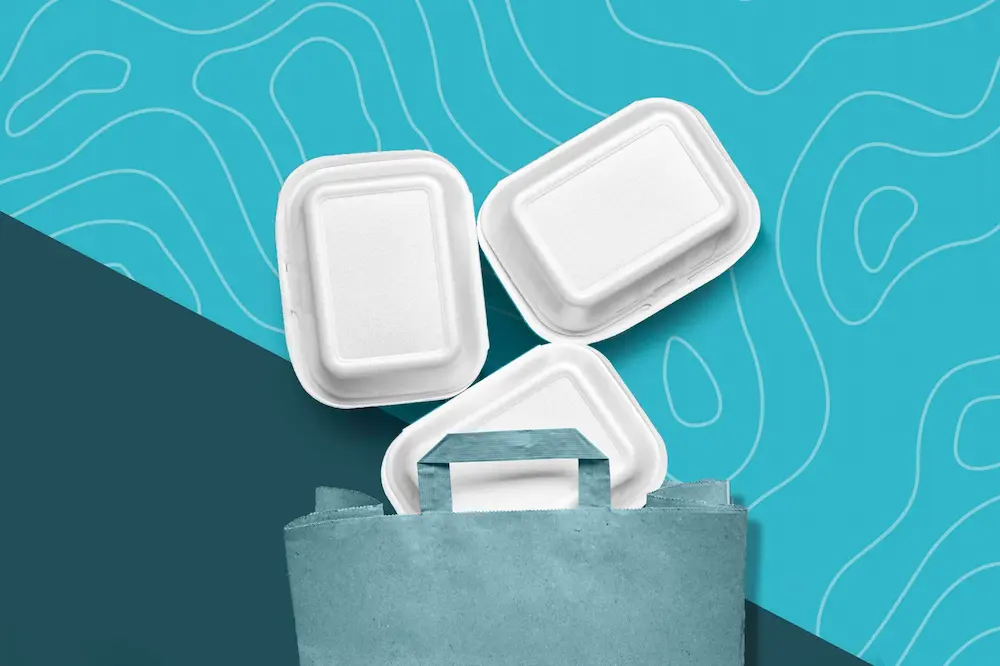It’s no secret that we’re entering uncharted waters for the restaurant business. So far, each state and local government has approached the situation differently. Just recently, our hometown of Denver took bold action to slow the spread of COVID-19, mandating a stay-at-home order throughout the city. Shortly after, the state government followed suit, extending the mandate state-wide. With so many unknowns ahead, navigating social media and coronavirus will take nuance.
While certainly in the best interest of public health, these shelter-in-place orders are undoubtedly impacting the health of the restaurant industry – leaving operators and customers fearful alike.
In times of collective angst, people often turn to social media for news, updates, or simply to express themselves. With social’s reach and current heightened usage, paired with tensions and unrest tracking toward an all-time high, it’s critical for businesses of all shapes and sizes to approach their messaging with equal parts tact and empathy.
The truth is, we’re all frightened of the unknown that comes with this pandemic, and as restaurant marketers, we must remain hyper-aware of the customers’ current state of mind. While the entire industry is desperate for sales, it’s the brands that acknowledge and genuinely respect their customers’ plight who will ultimately stand out in this crisis.
In an effort to put some wind at your back, here are a few general thought-starters in how restaurants can navigate social media’s stormy waters during the COVID-19 crisis:
Lead with Empathy
You need sales badly, but if you’re not cognizant of your customers’ current state of mind, you may come off as tone-deaf, and your messaging may have the opposite effect of what you intended.
It’s crucial to show your customers that you’re there for them, but don’t make yourself out to be a hero for offering free pick-up or delivery. It’s equally essential to calm their nerves, but don’t downplay the seriousness of the situation. Find the sweet spot in the middle: showing customers you’re in this with them and for them, rather than for yourself. Don’t hesitate to let your customers know if you are taking steps to make their lives a little easier or safer (i.e., cleaning your restaurant more thoroughly, offering contactless or free delivery, or streamlining online ordering).
A few ways to share these updates include:
- Post a written statement on your social channels. Many brands have done this, and because social platforms, particularly Instagram, are so visual, fans scrolling will immediately notice a post that is full of text rather than an image. Of course, posting so much text in a visual would typically go against every rule in the book, but we’re in backward times. People are much more likely to read a lengthy statement than they generally would be.
- If you are taking heightened cleaning measures in light of the virus, letting customers know may put their minds at ease about your restaurant. It’s probably not something to build a full campaign around, but including it in a longer message or highlighting it in an Instagram story would certainly check a vital box.
- Be wary of making a hard sell or pushing a promotion too hard during this time. If you do offer coupons, promote delivery, or run another promotion, be sure to center the message around a desire to a part of the solution, without pretending your company is saving the day.
To see what other companies are doing, here is a running list of brand responses.
If you plan on creating social content or a campaign responding to the pandemic, it’s crucial to keep the gravity of the situation at the forefront of your thinking.
As marketers, we can often fall into the trap of overgeneralizing our customers’ current situation or mindset, naturally assuming everyone else’s lives and experiences are more similar to our own than they really are. Consider the variety of emotions people could be feeling at the time they see your marketing.
In releasing this inspirational ad, Guinness was one of the first brands to successfully address the effects of the pandemic. While a few scenes aren’t quite as relevant as they were prior recent government mandates, it’s still a hopeful example of how brands can be part of a difficult conversation without coming off as self-serving.
Context is Critical when it Comes to Social Media and Coronavirus
Take a look at your Facebook feed. Nearly every post has something to do with COVID-19. It’s highly likely any content you post will be sandwiched between news of the pandemic. Ads that would have previously seemed innocuous or fun may now carry a different message when placed next to an article from CDC. A few brands are facing backlash after failing to revise or remove messaging that came across as tone deaf or insensitive in context with the rest of the newsfeed.
You can’t plan around the exact posts or articles your content appears by in your customers’ feed, but you can take steps to mitigate a similar negative response a handful of other brands have experienced, who failed to act quickly enough the world’s current situation.
Social Media and Coronavirus: How to Differentiate Yourself from Competitors
Pandemic aside, this time of year is already a very promotion-heavy period for the industry. With competitors pushing promotions and ads about online ordering or delivery more heavily than ever, it can be hard to cut through the clutter. Because of this, it’s more important than ever to stand out with unique content. Standard messaging won’t cut it. Finding ways to be relatable, but not distasteful is essential to balancing social media and coronavirus.
A good example of how to navigate social media during the disruption comes from Chipotle. While this recent post is intended to push their delivery offering, the brand chose to approach this in a way that taps into a relatable moment: that impatient feeling between ordering your food and waiting for it to arrive. Notice, they didn’t attempt to hijack more serious emotions (fear, frustration). Instead, they gave people a brief respite from harsh news. That doesn’t mean you need all your content to act as entertainment. But look for where your business message can come through the lens of humor, relatability, positivity, or distractions, as these have a benefit to your consumer beyond your objective.
Bored on your couch? More reading material and blog posts here.
You can also get our Monthly Trend reports delivered straight to your inbox by filling out the form below.






